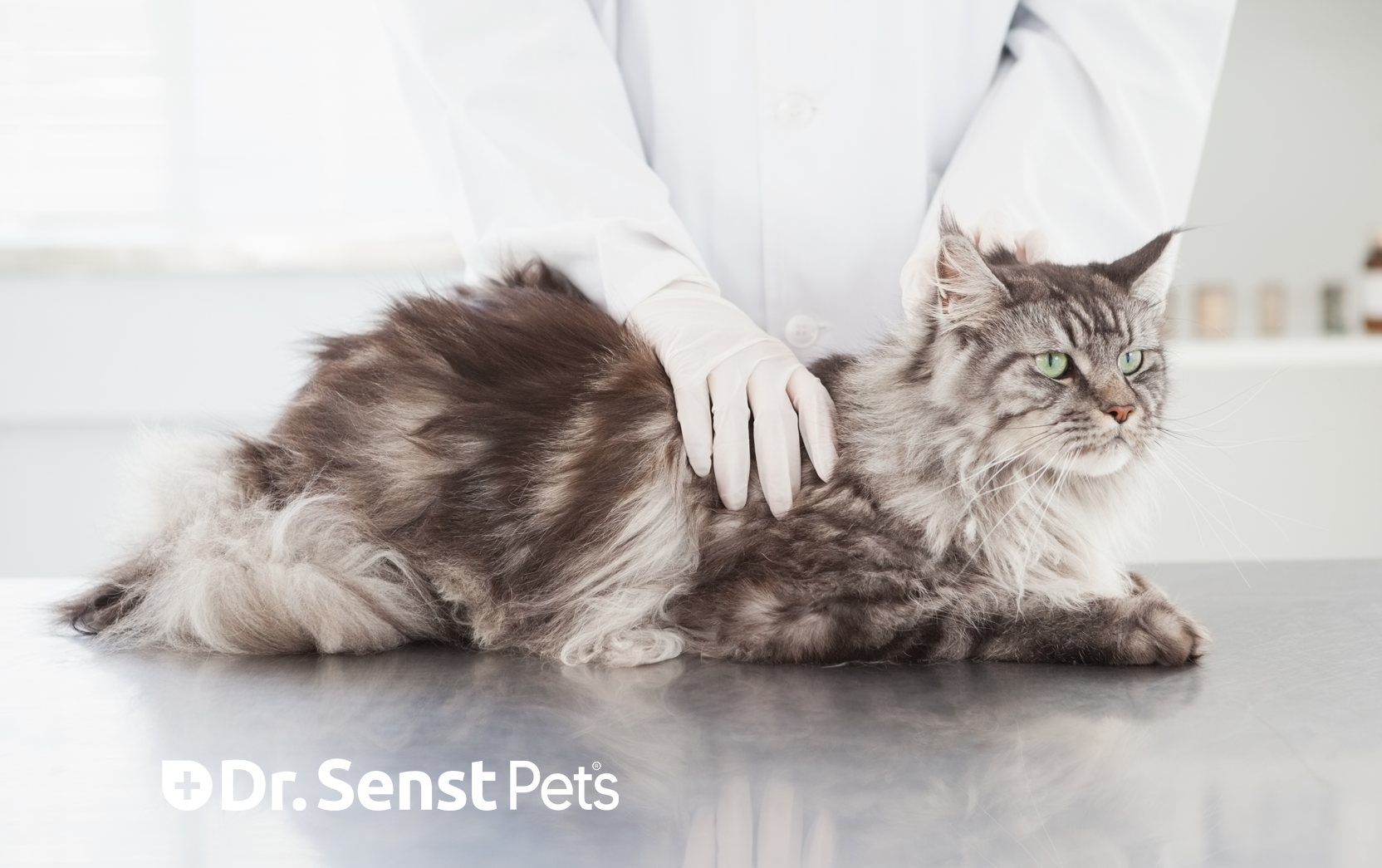
- by Dr.Thilo Senst
Understanding Cat Flea Allergies: Symptoms and Solutions
- by Dr.Thilo Senst
Understanding Cat Flea Allergies: Symptoms and Treatments
Flea allergies in cats are a common but often overlooked condition that can cause significant discomfort and health issues for your feline friend. Unlike typical flea infestations where the fleas themselves cause irritation, a flea allergy involves an allergic reaction to flea saliva, which can lead to intense itching, hair loss, and secondary infections. This article aims to delve into cat flea allergies, outlining the symptoms, treatments, and preventive measures, so you can provide the best care for your cat.
A flea allergy, also known as flea allergy dermatitis (FAD), is an overreaction to flea saliva. When fleas bite a cat, they inject saliva into the skin to prevent the blood from clotting, causing the cat’s immune system to react. In flea-allergic cats, this reaction is much more severe than the minor itching caused by a normal flea bite.
The symptoms of cat flea allergies can be varied, but the most common signs to watch for include:
According to a report by PDSA UK, approximately 30% of cats treated in UK veterinary clinics exhibit symptoms of flea-related skin conditions, including flea allergy dermatitis. This highlights the importance of early detection and treatment to avoid prolonged discomfort.
If you suspect your cat may have flea allergies, a visit to the vet is crucial for a proper diagnosis. Your vet will likely look for fleas or flea dirt (flea faeces), but it’s essential to note that even if fleas are not immediately visible, your cat could still have a flea allergy. Flea allergy dermatitis can develop from just a single flea bite, meaning even indoor cats are at risk.
Once diagnosed, treating cat flea allergies involves addressing both the fleas themselves and the allergic reaction.
The most critical aspect of treatment is getting rid of the fleas on your cat and in their environment. Options for flea control include:
In addition to flea control, managing the allergic reaction is crucial. Your vet may recommend:
Did you know that your cat’s diet can influence their ability to recover from flea allergies? A well-balanced, nutrient-rich diet can strengthen their immune system and promote faster skin healing. Omega-3 and Omega-6 fatty acids, in particular, are beneficial for skin health.
Think of your cat’s body like a fortress. The stronger the walls (immune system), the better equipped they are to fend off attackers (allergens like flea saliva). Feeding your cat a high-quality diet is like reinforcing those walls, making it harder for invaders to cause harm.
Preventing cat flea allergies involves an ongoing commitment to flea control. Here’s how you can keep your cat safe:
Q: Can indoor cats get flea allergies?
A: Yes, even indoor cats are at risk of flea allergies. Fleas can easily enter your home through other pets, clothing, or shoes.
Q: How often should I apply flea treatments to my cat?
A: Most flea treatments are applied monthly. Be sure to follow the specific product’s instructions, and consult your vet if you’re unsure.
Q: Can I use dog flea treatment on my cat?
A: No, dog flea treatments contain different active ingredients that can be harmful to cats. Always use a product specifically formulated for cats.
Q: What should I do if my cat has a severe allergic reaction?
A: If your cat develops severe symptoms, such as difficulty breathing, swelling, or severe skin lesions, take them to the vet immediately.
Flea allergies can cause significant discomfort for your cat, but with the right treatment and preventive care, you can keep these issues under control. At Dr. Senst Pets, we offer a variety of products to help your cat recover from flea allergies and maintain a flea-free environment:
By incorporating these products into your cat’s care routine, you can manage flea allergies effectively, keeping your cat healthy and comfortable.
![]()
Enter your details & download our comprehensive 50+ page printable Dr. Senst Pet Care Planner completley FREE! - keep track of all your pet’s needs, from medical history and training to vet visits, grooming, diet, and more!










Share:
When to Use Cat Antiseptic Spray: Essential First Aid
The Complete Guide to Cat Itching: Causes and Remedies